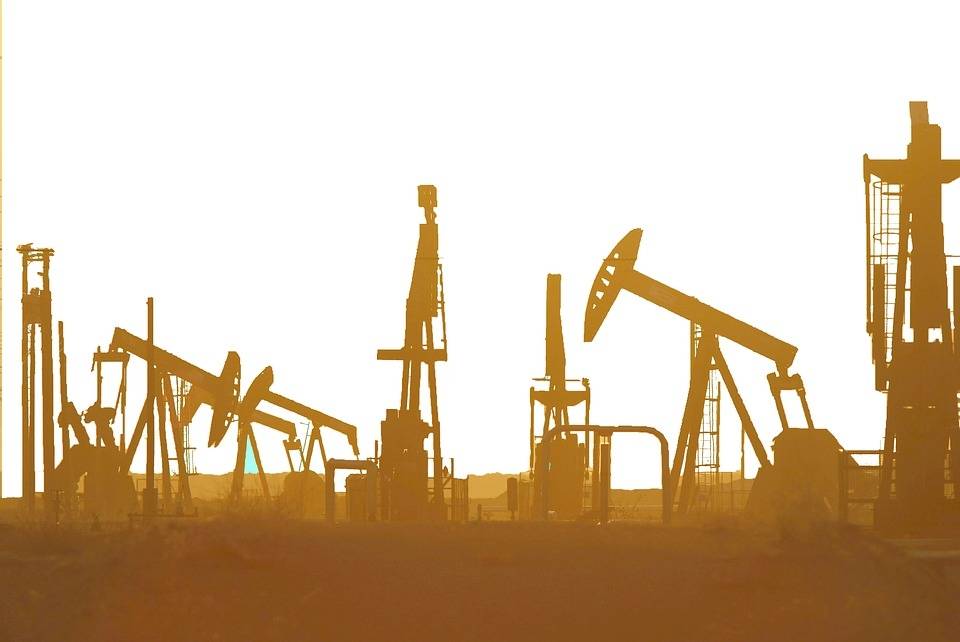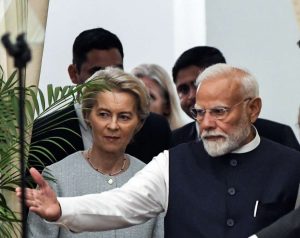Oil-exporting countries in the Arab World will benefit throughout 2022 from the increased oil production quantities within the “OPEC+” agreement and relatively higher oil and gas prices in international markets, reports Asian Lite Newsdesk
The expected economic growth rate for the Arab countries will rise to 5.4 percent in 2022 due to rising oil prices, the increase in production in Arab oil-exporting countries, and the continuation of reforms that promote growth, according to the Seventeenth Edition of the Arab Economic Outlook Report (AEOR), released by the Arab Monetary Fund (AMF) today.
Arab countries are expected to face relatively high inflation rates in 2022 due to local and global inflationary pressures, the AEOR noted.
The report, which includes macroeconomic forecasts, growth and inflation forecasts for Arab economies for 2022 and 2023, indicated that the global economy is experiencing challenges related to the global supply chains and high commodity prices, which raise concerns about global food security. As a result, international institutions have reduced their forecasts for global economic growth issued in January 2022.

It is anticipated that growth paths in Arab countries will be affected by significant factors during 2022 and 2023, including the impact of recent global developments on Arab economies, macroeconomic policies, and the continuation of financial packages and their impact on containing the repercussions of COVID-19.
The growth rate of the Arab economies as a group is projected to rise to about 5.4 percent in 2022, a significant increase from about 3.5 percent in 2021. Many factors have contributed to this rise, including the relative improvement in global demand and high sectoral growth rates.
There is also a positive impact of implementing economic reform programs and adopting future visions and strategies aimed at enhancing economic diversification, improving business environments, encouraging private investment, and improving economic resilience.
Nevertheless, the AMF expects Arab countries’ economic growth slow to about 4.0 percent in 2023 due to the decline in global economic growth, commodity prices, and gradual exit from expansionary fiscal and monetary policies.
Oil-exporting countries in the Arab World will benefit throughout 2022 from the increased oil production quantities within the “OPEC+” agreement and relatively higher oil and gas prices in international markets, which will support public spending to enhance growth. Overall, Arab oil producers are expected to grow by 6 percent in 2022, compared to 3.2 percent in 2021, while oil prices are expected to decline in 2023.
The GCC countries are expected to record a relatively high growth rate of 6.3 percent in 2022, compared to 3.1 percent in 2021, thanks to a combination of factors, including the recovery from the COVID-19 pandemic, economic reforms, and continued adoption of stimulus packages, while 2023 will see a decline to 3.7 percent in economic growth.
As for other Arab oil exporters, they will benefit from increased production quantities within the OPEC+ agreement and a rise in global oil prices to raise their growth rates. As a result, they are expected to achieve 4.6 percent in 2022, which is higher than 3.1 percent in 2021. However, due to business environment challenges, their growth rate will come down to 3.9 percent next year.
The oil-importing Arab countries are expected to achieve a moderate 4.1 percent growth rate in 2022, compared to a 2.7 percent growth rate in 2021, owing to their internal and external balance challenges. However, a relative improvement in the economic growth rate of the group countries is projected in 2023 to reach 4.6 percent due to improved aggregate demand levels and a gradual easing of the pressures on public budgets and balances of payments due to the expected decline in commodity prices.
The AMF expects Inflation rates to reach relatively high levels in some Arab countries during 2022, brought on by factors including food price increases, energy price increases, and escalating inflationary pressures. In addition, agricultural production changes related to climate change will also affect general prices in some countries. Thus, the Arab countries inflation rate is expected to reach 7.6 percent in 2022 and 7.1 percent in 2023.













